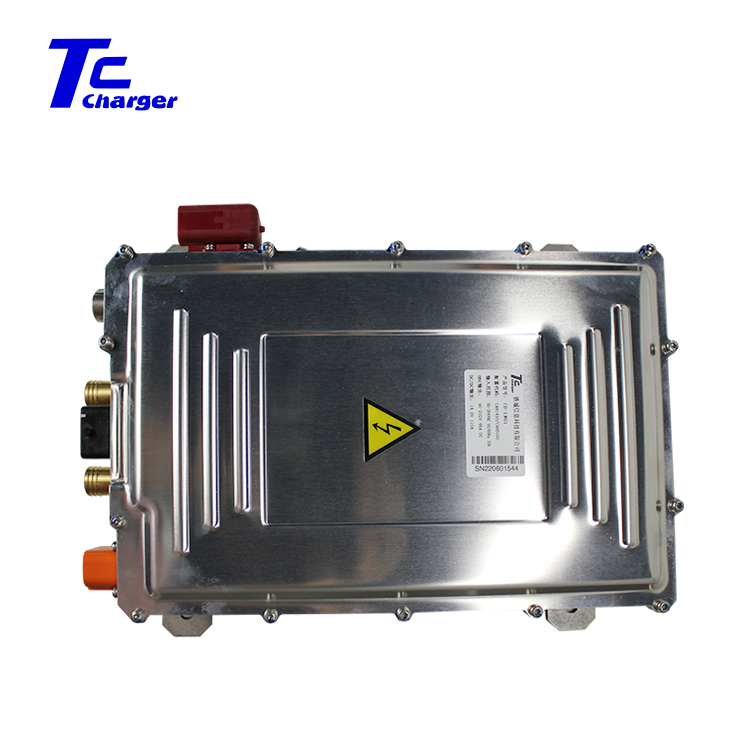What are the three types of DC-DC converter?
May 17,2023 | TCcharger
The three types of DC-DC converters are buck converters, boost converters, and buck-boost converters.
Buck converters are the most common type of DC-DC converter. They are used to reduce voltage from a higher input voltage to a lower output voltage, while maintaining a constant current. A buck converter works by using a switching element, such as a transistor, to control the current flow between the input and output. The switching element is operated in a manner that allows the input voltage to be converted to a lower output voltage.
Boost converters are used to increase voltage from a lower input voltage to a higher output voltage, while maintaining a constant current. A boost converter works by using a switching element, such as a transistor, to control the current flow between the input and output. The switching element is operated in a manner that allows the input voltage to be converted to a higher output voltage.
Buck-boost converters are used to both increase and decrease voltage from an input voltage to an output voltage, while maintaining a constant current. They are a combination of buck and boost converters and are used in applications where both voltage step-up and step-down are required. A buck-boost converter works by using a switching element, such as a transistor, to control the current flow between the input and output. The switching element is operated in a manner that allows the input voltage to be converted to either a higher or lower output voltage.
In summary, the three types of DC-DC converters are buck converters, boost converters, and buck-boost converters. Buck converters are used to reduce voltage from a higher input voltage to a lower output voltage, while boost converters are used to increase voltage from a lower input voltage to a higher output voltage. Buck-boost converters are used to both increase and decrease voltage from an input voltage to an output voltage. Each type of converter works by using a switching element, such as a transistor, to control the current flow between the input and output.



